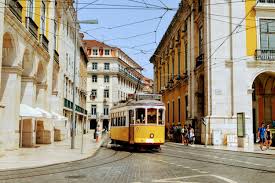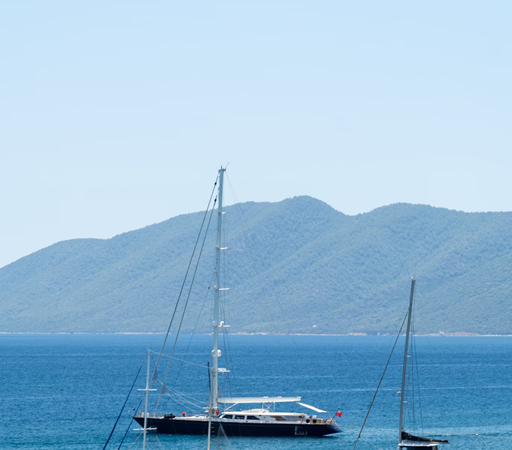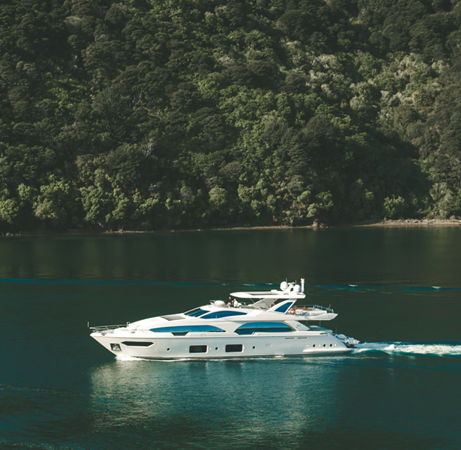The biggest river in Europe
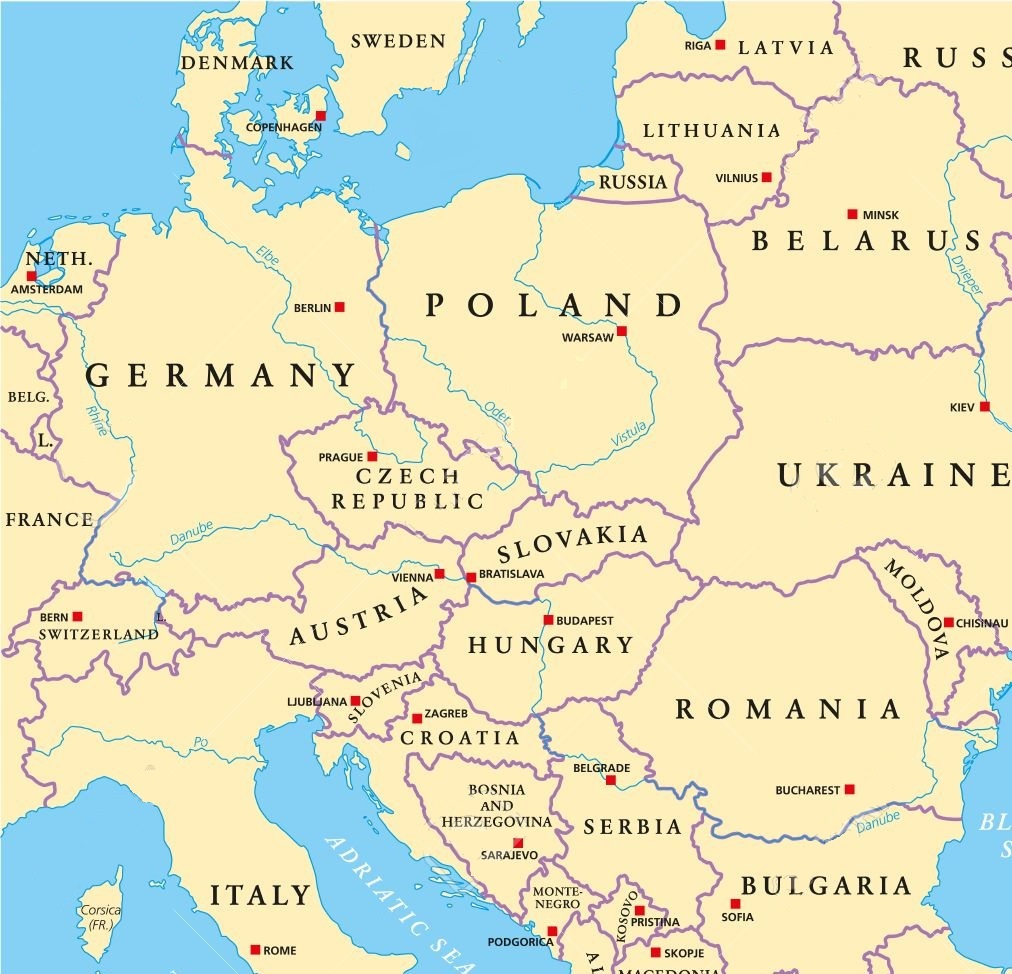
Europe is a continent full of wonders and beauty, from its stunning architecture to its impressive landscapes. One of the most remarkable features that Europe boasts is its rivers. They run through countries, connecting towns and cities, and creating breathtaking views along the way. But which one stands out as the biggest river in Europe? In this article, we will explore five of the most significant rivers on this magnificent continent while revealing which one is truly deserving of being crowned as the largest. Get ready to be amazed by these waterways’ magnificence!
Table of Contents
The River Danube
The River Danube is one of the most significant rivers in Europe, stretching over 2850 kilometers from Germany to Romania. It passes through ten countries and four capital cities, including Vienna and Budapest. The river’s history goes back thousands of years, with many ancient civilizations settling along its banks.
Today, the Danube remains a vital transportation route for cargo ships and passenger cruises throughout Europe. But beyond its practical purposes lies undeniable beauty that has attracted travelers for centuries.
One highlight along the Danube is Austria’s Wachau Valley, where you can find stunning vineyards that produce some of Austria’s best wines. Another must-see attraction is Hungary’s Parliament Building in Budapest on the riverbank – an architectural masterpiece.
The River Danube offers breathtaking views and countless opportunities to discover European culture while experiencing nature at its finest!
The River Thames
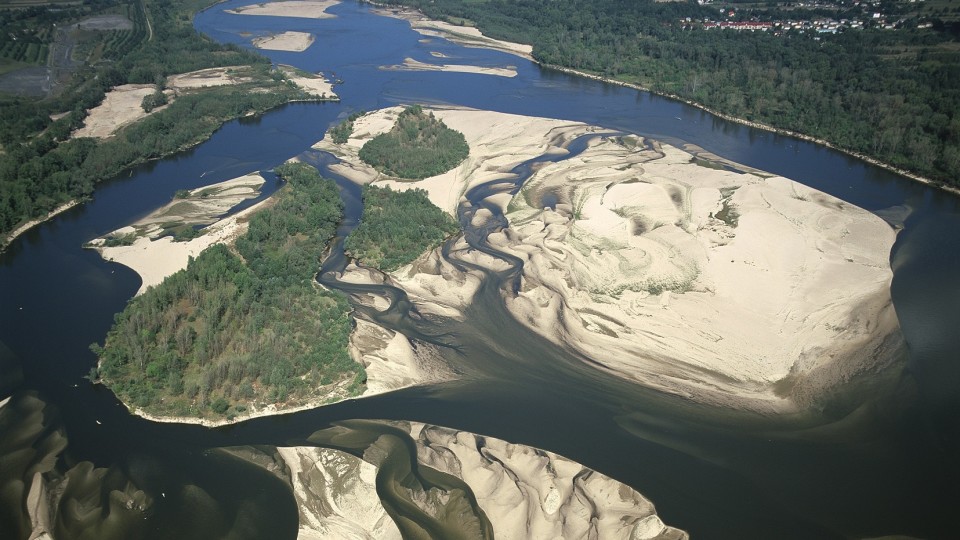
The River Thames is one of the most famous and iconic rivers in Europe, flowing through London and other historic towns. It stretches for over 215 miles, making it the second-longest river in the UK after the River Severn.
One of the most notable features of the River Thames is its importance throughout history as a vital transportation route for goods and people. From ancient Roman times to modern-day commerce, this river has played a significant role in shaping England’s economy.
Today, The River Thames is still an essential part of London’s identity with countless bridges spanning across its waters. Tourists can take boat rides along the riverbank or walk along its banks while enjoying scenic views from some of England’s most famous landmarks like Big Ben and Tower Bridge.
Despite being such an important cultural landmark, The River Thames also faces environmental challenges affecting wildlife habitats due to pollution levels. Several organizations are actively working towards cleaning up this iconic waterway by implementing sustainable practices that will preserve it for future generations.
The River Seine
The River Seine is without a doubt one of the most famous and beloved rivers in Europe. It flows through Paris, the city of love, lights, and romance. The Seine has played an important role in the history and culture of France.
The river begins on a plateau near Dijon in northeastern France and flows northwest to its mouth on the English Channel at Le Havre. It measures 776 km (482 miles) long, making it one of Europe’s shorter major rivers.
The Seine has been recognized as a UNESCO World Heritage Site due to its cultural significance. Along its banks are some of France’s most iconic landmarks such as Notre-Dame Cathedral, the Eiffel Tower, the Louvre Museum, and the Palace of Versailles.
In addition to being an important tourist destination for visitors from all over the world, The River Seine is also vital for transportation purposes. For centuries it has served as a commercial artery for shipping goods between inland areas and ports along the coast.
The River Seine is truly an integral part not only of French culture but also of European heritage. Its beauty combined with historical importance makes it one of Europe’s greatest treasures that should be appreciated by everyone who gets to experience it firsthand or even just learn about it from afar.
The River Volga
The River Volga is the longest river in Europe, spanning over 3,500 kilometers from the Valdai Hills to the Caspian Sea. It cuts through Western Russia and holds significant cultural and economic importance for the country.
The Volga River basin covers about a third of Russia’s territory and provides water supply for agriculture, hydroelectric power generation, industry, and transportation. The river also serves as a major shipping route connecting Moscow with several key ports on the Caspian Sea.
Aside from its practical uses, the Volga River has also played an important role in Russian literature and folklore. Many famous writers such as Maxim Gorky made it a topic of their works.
Tourists can take a cruise along this majestic river while exploring various historical landmarks along its banks including Kazan Kremlin, Yaroslavl city center, or Astrakhan Nature Reserve.
The River Volga remains one of Russia’s most valuable natural resources that continues to shape not just its geography but also its culture.
The River Rhine
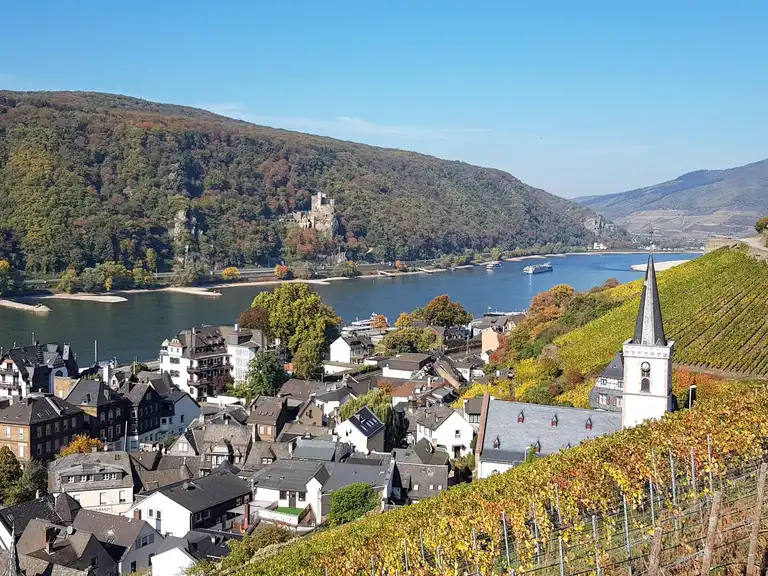
The River Rhine is one of the most important and longest rivers in Europe, spanning over 1,233 kilometers. This river starts from the Swiss Alps and flows through six countries before emptying into the North Sea.
One of its main features is its stunning scenery. The banks of the Rhine are dotted with picturesque castles, vineyards, and charming towns that have been attracting tourists for centuries. It’s considered a romantic destination for couples or anyone who loves beautiful landscapes.
Aside from being a popular tourist spot, it also serves as an important transportation route connecting major cities like Basel, Strasbourg, Rotterdam, and Cologne. It has played an essential role in trade since ancient times.
Moreover, this river has significant cultural importance as well. Many famous writers such as Victor Hugo wrote about their experiences along the Rhine’s banks during their travels in Europe.
The River Rhine may not be the longest river on our list but it stands out with its gorgeous views and rich history that make it a must-visit destination when traveling to Europe.
Which river is the longest?
When it comes to determining the longest river in Europe, there is one clear winner: the River Volga. This mighty waterway runs through Russia for an impressive 2,293 miles – around eight times longer than the second-longest European river, the Danube.
The source of the Volga lies in northwestern Russia’s Valdai Hills. From here, it flows southeast across much of western Russia before emptying into the Caspian Sea. Along its journey, it passes through numerous major Russian cities such as Moscow and Kazan and serves as a vital transport route for shipping goods throughout this vast country.
While other rivers on this list may be more famous or significant in terms of their impact on European history and culture, none can compare with the sheer size and length of this magnificent natural feature.
Conclusion
To conclude, Europe is home to many beautiful rivers that are not only breathtaking but also play a significant role in the economy and lifestyle of the countries they flow through. Each river on this list has the unique characteristics that make it stand out from the rest.
However, when it comes to finding the biggest river in Europe based on length, The River Volga takes first place with a total length of 3,531 kilometers. This mighty river flows through central Russia and plays a vital role in irrigation, transportation, and hydroelectric power production.
Whether you’re looking to explore historic cities or take scenic boat rides surrounded by stunning landscapes, these European rivers offer something for everyone. So next time you plan your trip to Europe; don’t forget to visit one (or more) of these magnificent waterways!

